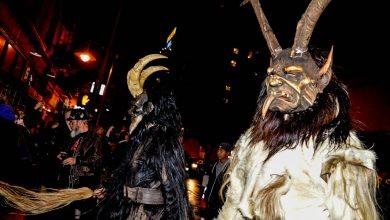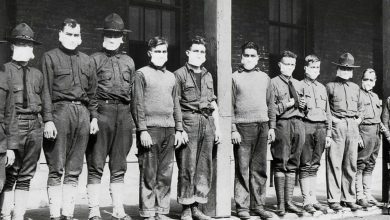
On the 11th November 1918, Poland regained its independence after 123 years of partitioning by Russia, Prussia and Austria. With World War I drawing to a close, Poland was already enjoying partial sovereignty: the Regency Council, a temporary Polish governmental body, was already laying the grounds for independence. But there were still approximately 30,000 German troops occupying Warsaw. On this 11th, Poland regained control of its military and began taking over the key strategic points in the city. The evacuation of Warsaw and other Polish territories went relatively peacefully, coming to a close within a few days. By the 16th November, the rulers of the main post-war powers would receive a telegram announcing the resurgence of an independent Polish State.
However, it is the 11th November that is remembered by Polish people as their Independence Day. In honour of his important centenary, here are ten facts you may not know about the Republic of Poland!
1 – From 2016, Jesus Christ is the official king of Poland. The symbolic coronation came from the idea of a young nurse, who in the early 1900s had a vision that foresaw Poland’s imminent demise if Jesus Christ were not crowned as its king. The idea was initially dismissed by the clergy, but started gaining more and more traction until the officialisation in 2016.

2 – In 1926, ahead of the USA’s 150th anniversary of its Declaration of Independence, Poland sent the US a unique birthday card, signed by over 5.5 million Polish citizens. The over 30,000 pages of The Polish Declarations of Admiration and Friendship are full of art, photos, poems, pressed flowers, and the signatures of nearly one-sixth of Poland’s population at the time. In addition to being a unique gift, the Polish Declarations are also a priceless treasure trove for genealogists and historians. World War II erupted 13 years after these signatures were gathered. During those years, close to six million Polish citizens were killed. For those who did not survive the war, in many instances their signature in this declaration is the only evidence that they ever existed.
3 – Foreign movies and series in Poland are dubbed, but not by Polish actors. There is instead a single man reading parts of everyone (including women and children). The original version is still there, so viewers can hear the first two seconds of each sentence, before the reader starts saying the same thing in Polish.
4 – During the German occupation of Poland (1939-1945) two Polish doctors in Rozwadów, Eugene Lazowski and Stanisław Matulewicz, created a fake typhoid fever epidemic in the town. The quarantined area that Lazowski and Matulewicz created became a haven for Polish Jews, who could hide in Rozwadów under the cover of the fake epidemic without fear of the Nazis discovering them. It is estimated that thanks to their concocted outbreak, the two doctors saved approximately 8,000 people from being killed or imprisoned during their three-year campaign.

5 – Ever since 1960, Poland awards a medal to couples who have been married for at least 50 years, called Medal for Long Marital Life. It ranks higher than the Campaign Stars, the medal awarded to military and civilian personnel serving overseas in support of Polish forces.
6 – In 1605, a Polish man claimed to be the youngest son of Tsar Ivan the Terrible, tsarevich Dmitry Ivanovich. He reigned on the throne of Russia for 10 months before he was recognised as an impostor. False Dmitry I was then executed, burned, and had his ashes shot out of a cannon back towards Poland.
7 – Polish King Kazimierz Jagiellończyk (1427 – 1492), became known as the “Father of Europe.” Of his nine children, one became a cardinal, four became kings, one was canonized, and the three daughters were married off to become mothers of the heirs of the greatest dynasties in Western Europe.
8 – Every 17th August, Poland celebrates the Patron Saint Hyacinth (or Jacek). Originally, he was known for being the patron of those in fear of drowning, as well as of weight-lifters. Somewhere along the line, though, Hyacinth also became the patron saint of pierogi – one of the country’s national dishes. It is thought this is the only Polish dish with its own dedicated Saint.

9 – In 2014, the Polish town of Słubice, Poland, unveiled a Wikipedia Monument, a statue designed by Armenian sculptor Mihran Hakobyan in honour of all Wikipedia contributors. It was the world’s first monument to the online encyclopedia.
10 – Poland has a desert, the Pustynia Błędowska, which spans circa 30 sq. km in the Silesian Highlands. This desert was not created naturally, but is rather as a result of human activity which lowered the water table to such a degree that the ground could no longer support plant life from as far back as the Middle Ages.





